First off let me admit that I seem to have some pretty terrible luck when it comes to automobile ownership. My last car needed an emergency Gorilla Tape repair at one point. So when this little guy showed up in the mail this week, I was rather excited:
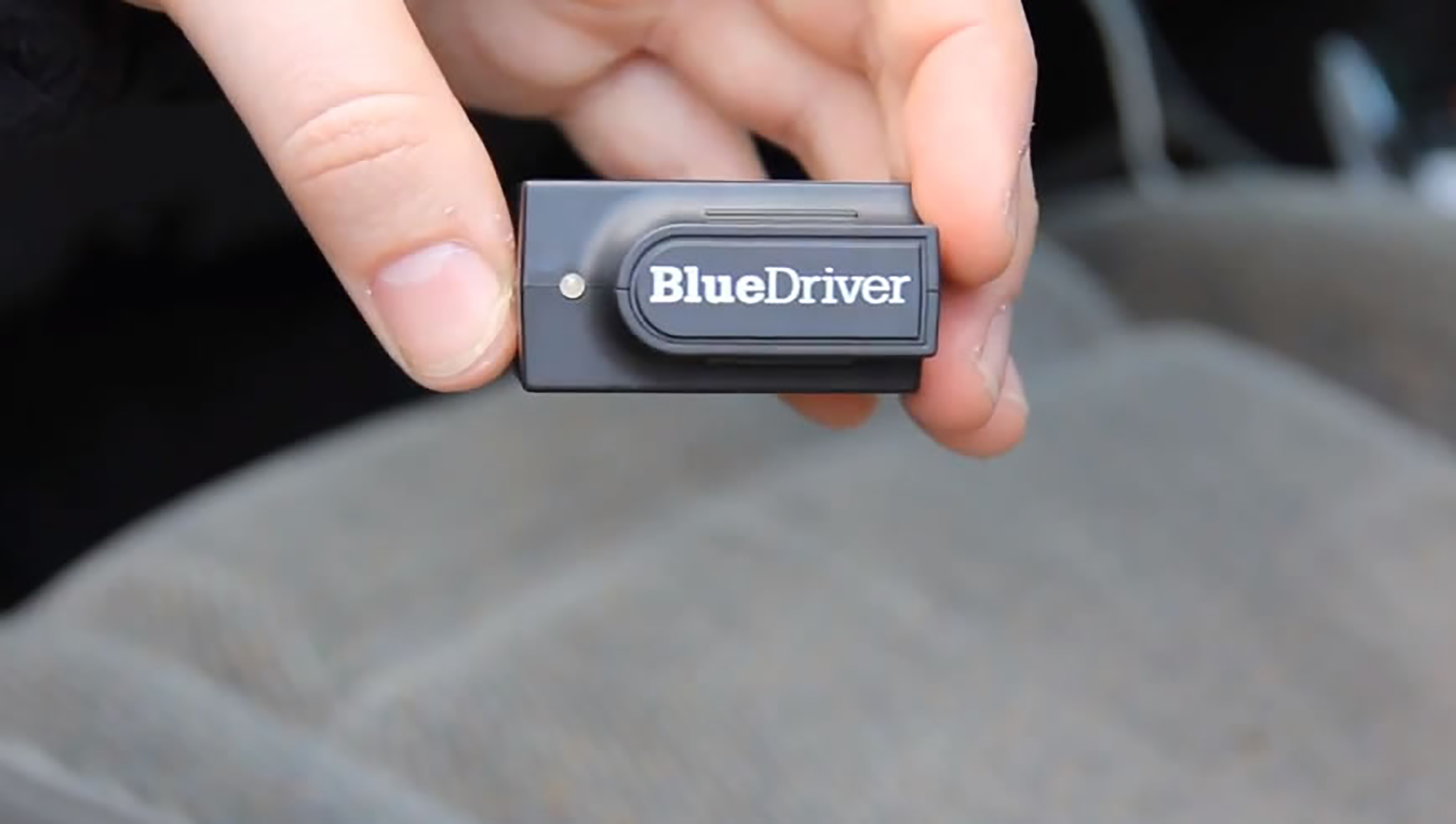
Lemur Monitors’ BlueDriver is a very compact OBD-II scanner that you plug in under your dash. Pulling up an app on your smart phone then tells you what’s going on under the hood. It’ll work on every 1996 or newer car. Got a check engine light that won’t go away? This will tell you what it is. They sent me one to play with, so play I did.
I downloaded the app, which is free, then popped this thing on an ’02 Camry in the garage that has had it’s dashboard lit like a Christmas tree with yellow warnings for well over a year. Once the scanner is in place, you turn the car on and it pairs via Bluetooth to your phone.
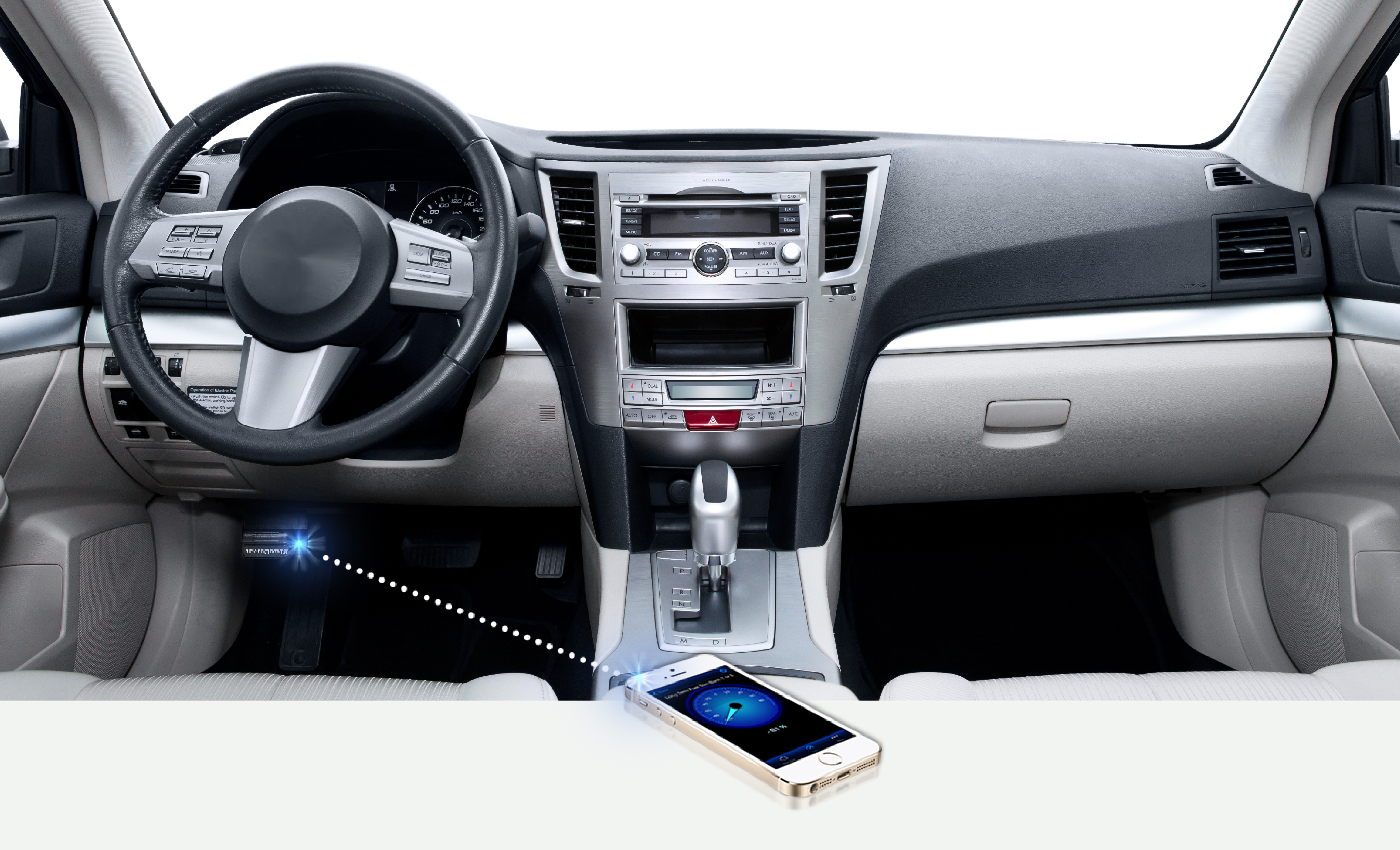 Once it’s paired, you can read any error codes your car is throwing as well as run a smog check (if you live in an unfortunate state) and run live diagnostic checks that will tell you different temperatures and things – all color coded so you know what’s wrong (you can also log data as you drive).
Once it’s paired, you can read any error codes your car is throwing as well as run a smog check (if you live in an unfortunate state) and run live diagnostic checks that will tell you different temperatures and things – all color coded so you know what’s wrong (you can also log data as you drive).
And boy was there stuff wrong! Once you click “Read Codes,” it will spit out a button for each code and from there you can dive into possible causes and reported fixes. I can honestly say this would have saved me a lot of time back when my Mazda acquired a gaping hole in an air hose and my local mechanics fixed everything but. I would have personally searched every hose before handing over the keys.
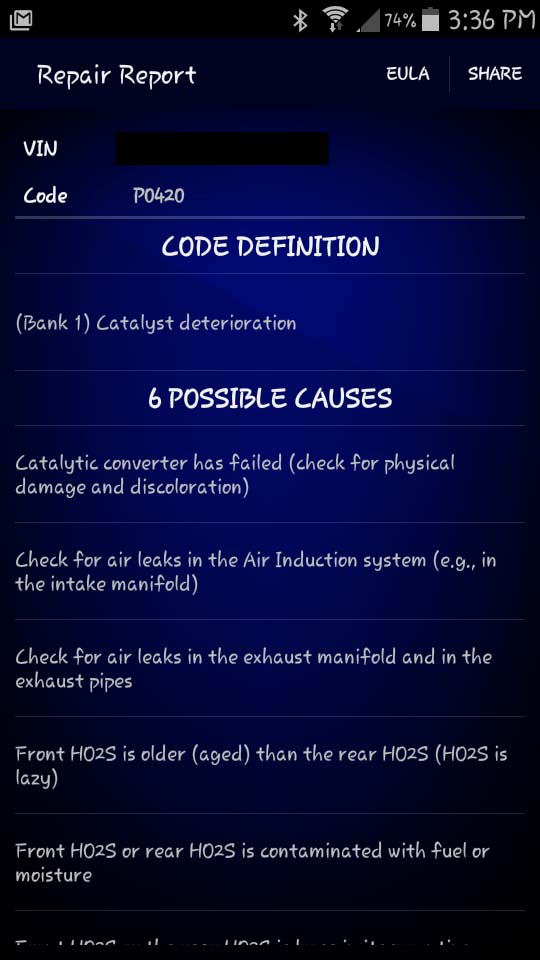
Pictured: Bad News.
The reports are saved off in the app itself, but it’s really easy to email yourself a PDF so you can look at it later on a different machine. I had four codes, three of which I already knew about, but one – a too-lean fuel system – was new. After seeing the error, I looked in the live diagnostic tool and confirmed that the fuel trim wasn’t what it should be.
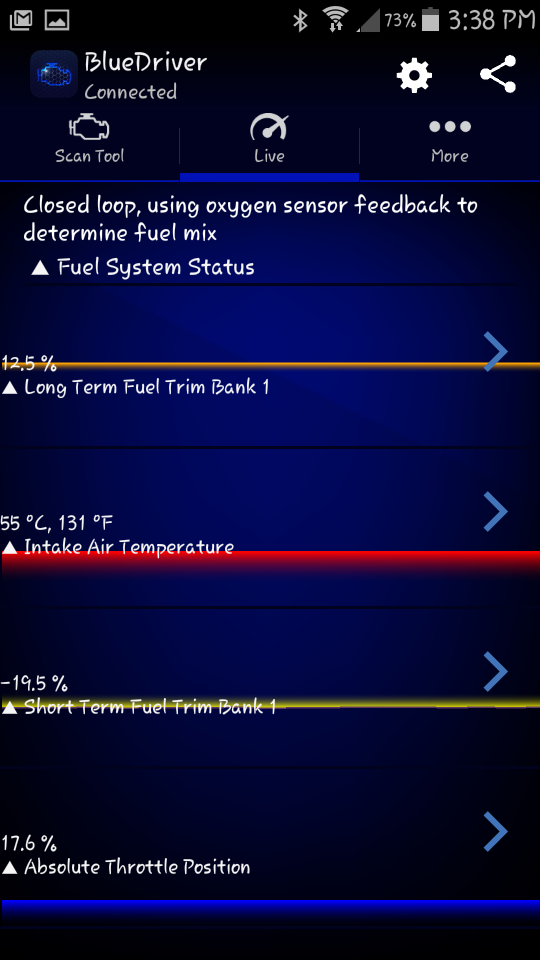
Now that I knew what was wrong, I needed to figure out what to do about it. Luckily the app is packed with info on each error code. It gives you possible causes, some of which are more helpful than others. And it gives you possible solutions, ranging from the free (Hey, your gas cap is loose!) to the very costly (You need a new catalytic converter!). And when you’re done, it takes a single click to clear all the codes – but be warned, once they’re gone you can’t report on them. Lucky for me, these codes will definitely be re-appearing.

The PDFs are pretty nice, especially if the car isn’t yours.
I also tried plugging this in to my much-healthier Civic. There weren’t any codes to read but I could at least check out the live feed to see what was going on. But that’s about the extent of it if your car doesn’t have issues.
It’s fairly easy to use once you realize that you need to turn the car on in order for your phone to find the scanner (which I didn’t at first). But luckily there is a built-in user manual that consists of YouTube videos – the car repair manual of the 21st century. You will also need the VIN number of the car… which turns out to be sort of interesting in itself (see below).
In all, the BlueDriver is pretty handy. For $99.95 you get a little black box that will fit in your pocket – but it’s the app that you’re paying for. It’s packed with information that’s actually helpful. If you spend a lot of time on the road – or are taking a long-distance road trip – this would be an excellent thing to keep in your glove box should your car encounter and mysterious issues along the way. It can definitely help calm you down if your check engine light comes on in the middle of nowhere. Whether or not the cost is worth it is up to you.
Bonus: there is a vehicle info section that allows you to enter a VIN number and then it will decode the entire thing. If you’re a car nerd, this is pretty cool for when you’re walking around a car show or parking lot and want to know what’s supposed to be under the hood of every car.


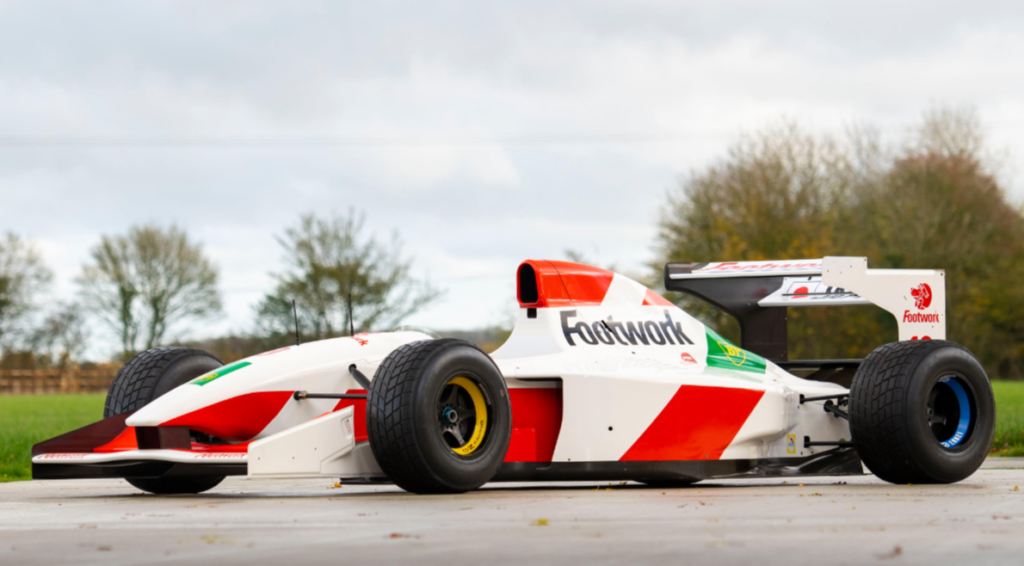

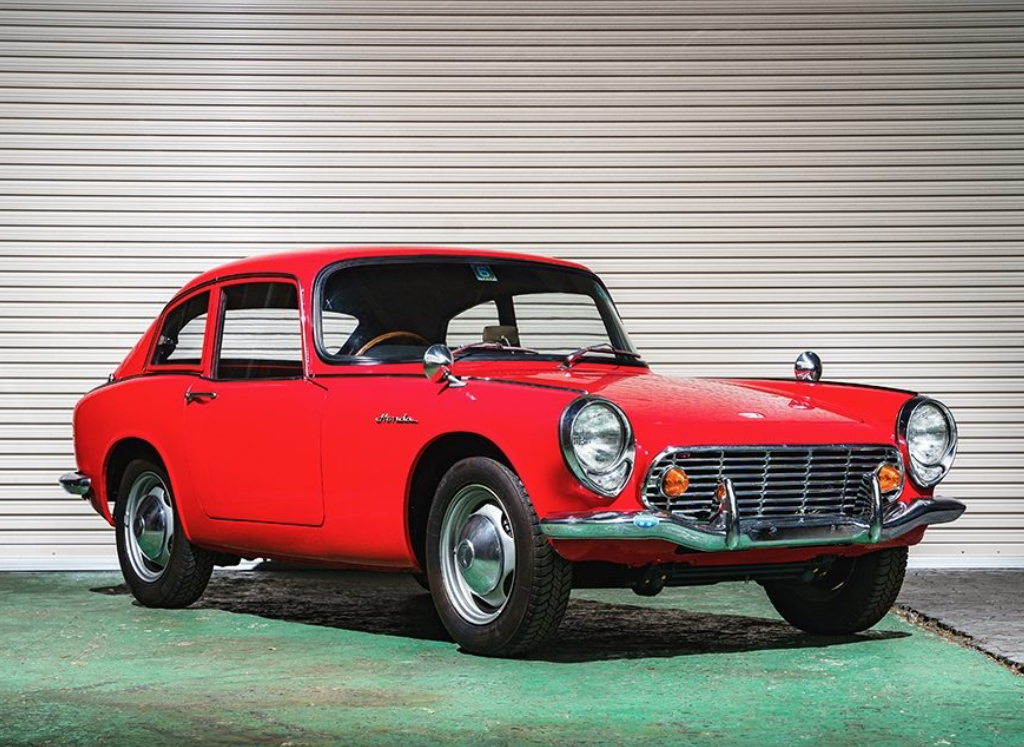

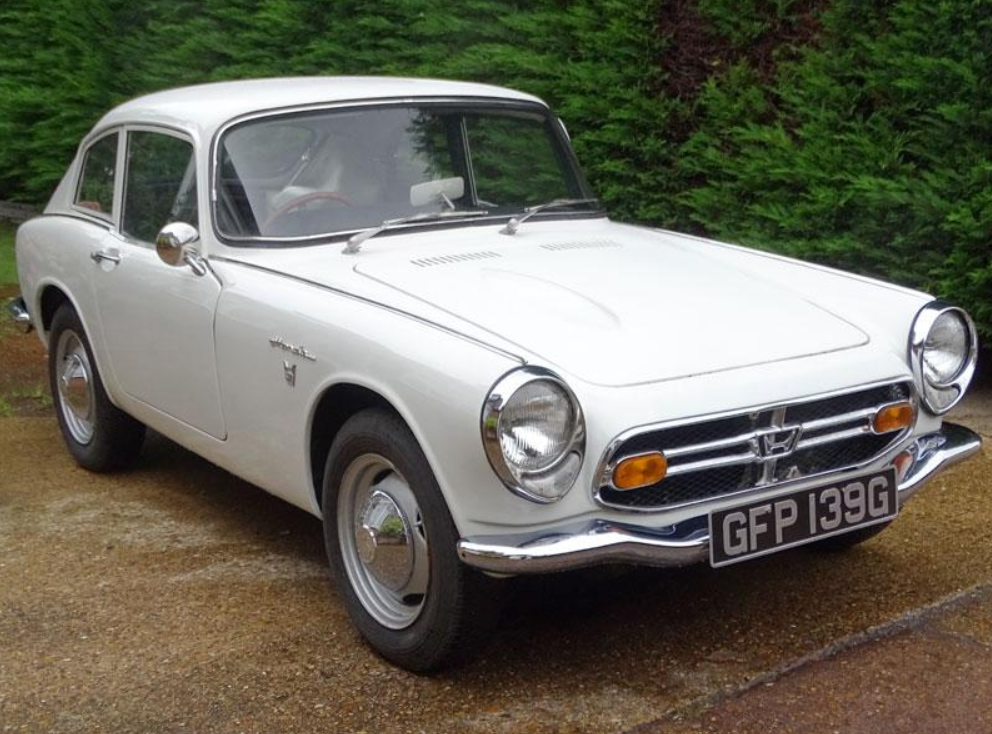
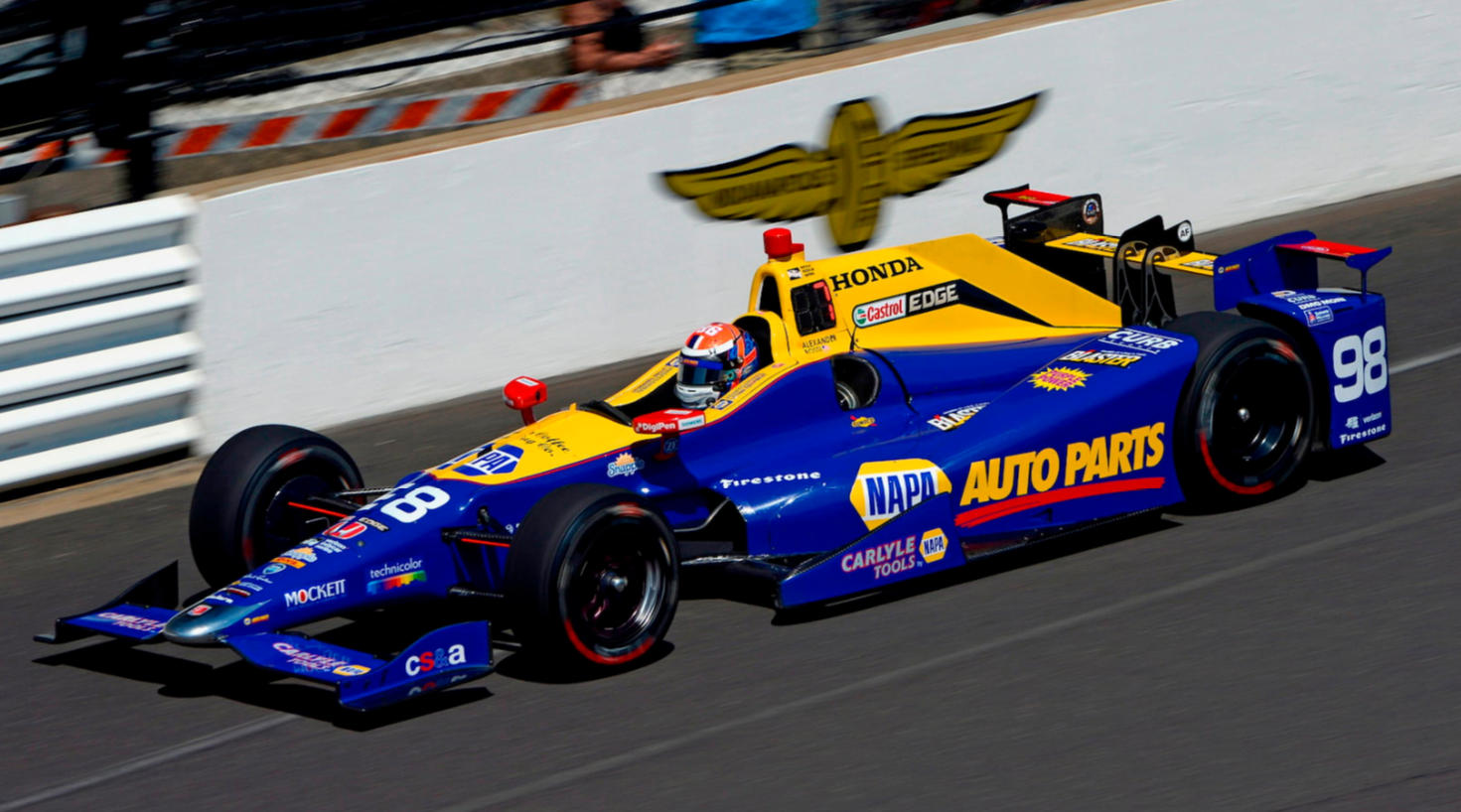
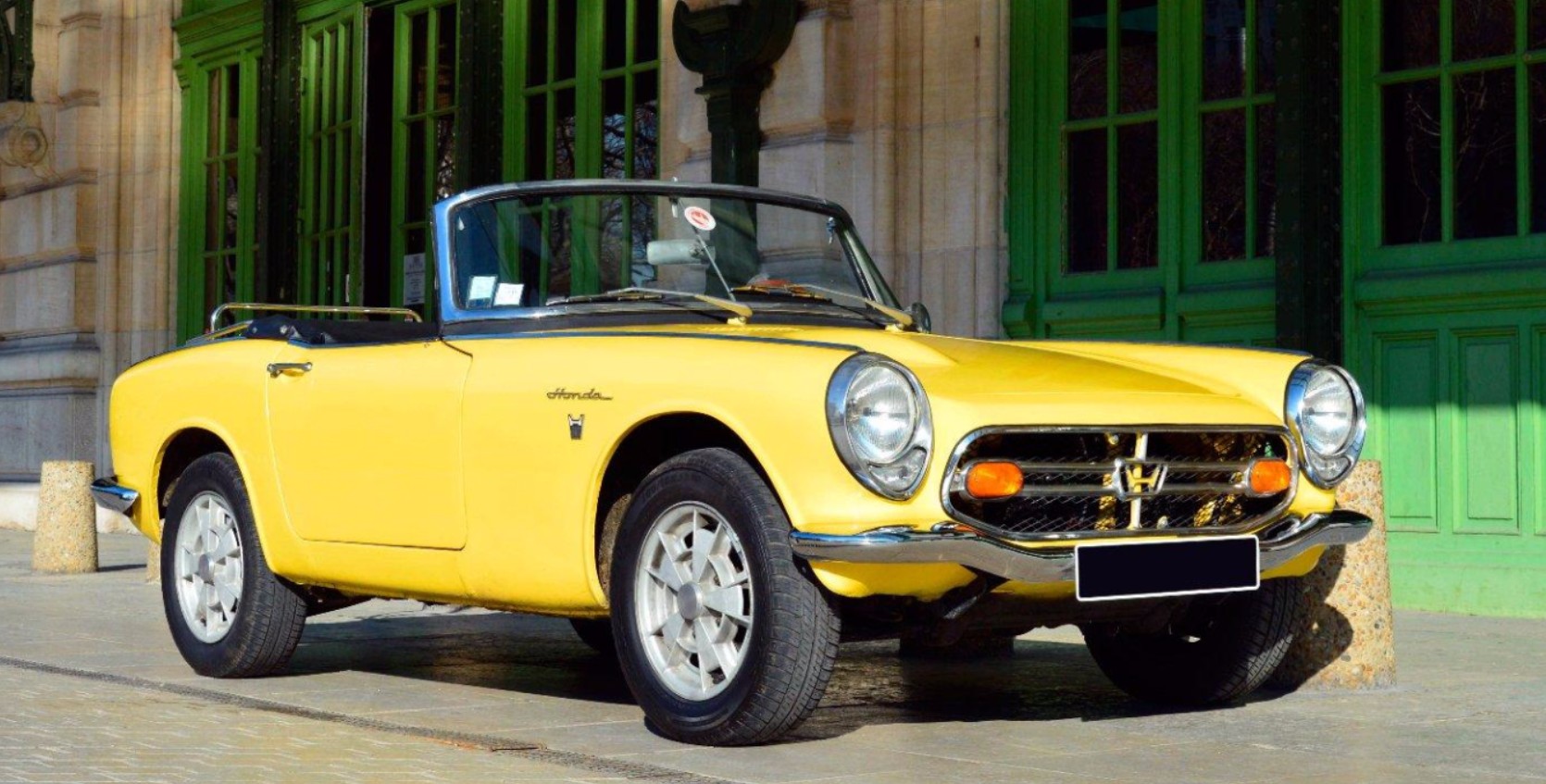

 Once it’s paired, you can read any error codes your car is throwing as well as run a smog check (if you live in an unfortunate state) and run live diagnostic checks that will tell you different temperatures and things – all color coded so you know what’s wrong (you can also log data as you drive).
Once it’s paired, you can read any error codes your car is throwing as well as run a smog check (if you live in an unfortunate state) and run live diagnostic checks that will tell you different temperatures and things – all color coded so you know what’s wrong (you can also log data as you drive).

